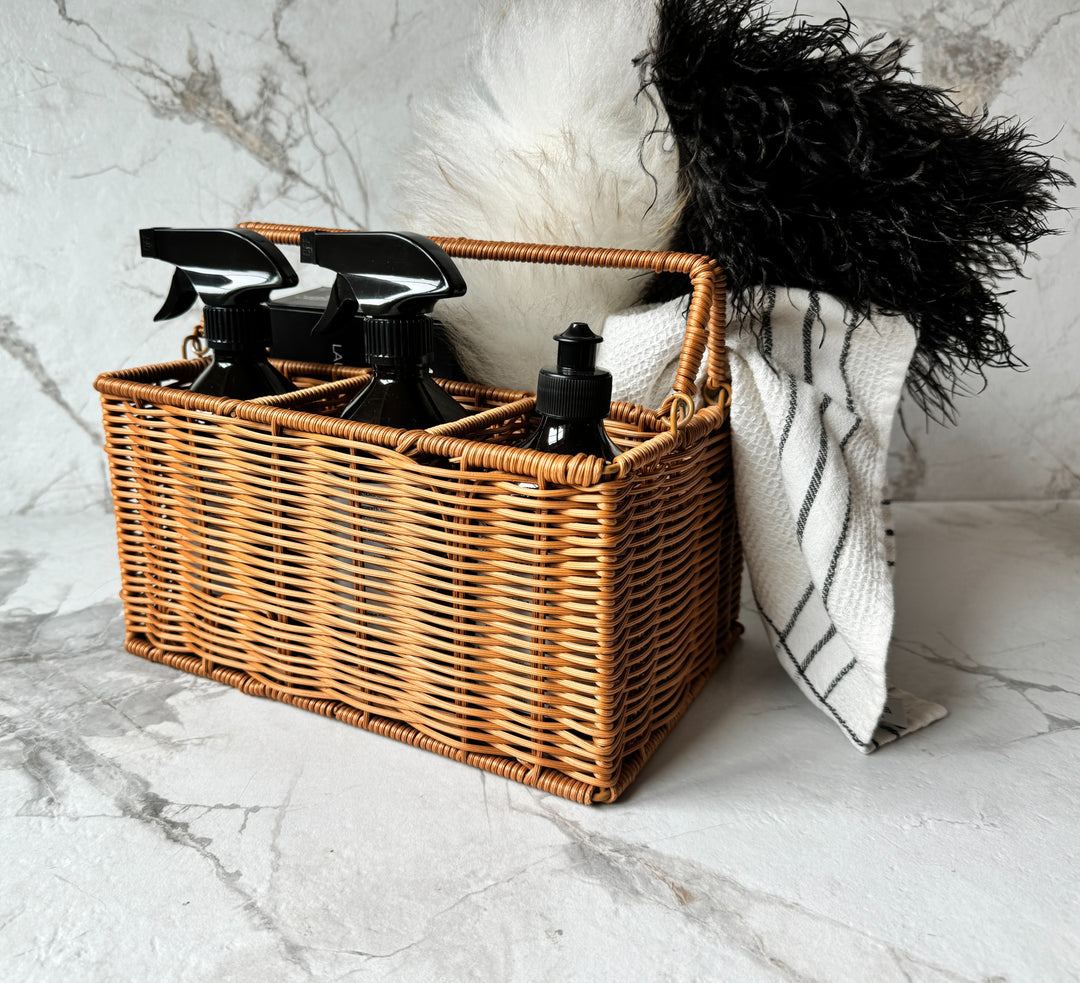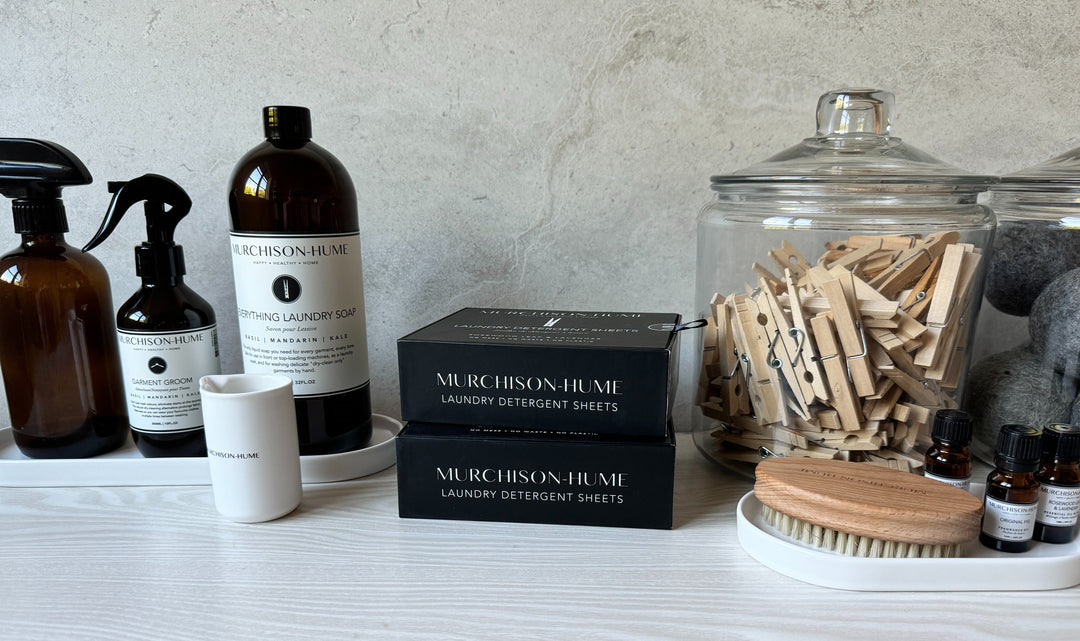Summer’s great and all, but there’s nothing compared to the first chilly evening of autumn—especially if you have a warm fireplace to cozy up to. But when you don’t use your fireplace for months at a time, it’s natural for hazardous clutter and dust to pile up around it. No matter if you have a traditional gas, electric, or wood set-up—or you have a more modern, ambient ethanol fireplace—here’s what you need to do to prep your fireplace for the fall and winter months ahead.
Clear Clutter
First, get rid of any objects in front of your fireplace before even thinking about lighting it: In addition to repositioning any rugs or furniture a safe distance away from the warm fire, remove anything flammable or hazardous immediately. Make sure everyone in the family is aware of how dangerous it can be to leave anything near an open fire.
Check Your Batteries
Now’s a great time to replace the batteries in your smoke detectors in your smoke and carbon monoxide alarms, as well as run tests to make sure everyone in your home is safe. Most batteries have a six-month lifespan, so it’s best to check them twice annually. Be sure to replace your smoke or carbon monoxide detectors every eight years at most.
Inspect The Gasket, Chimney, and Blower
If you have a chimney, it should be capped to keep leaves, rain, bird’s nests, and debris out. If it’s damaged or missing, make sure you replace it before winter arrives. You should also have a professional check the chimney itself for any cracks, loose bricks, damaged mortar, or structural problems that can interfere with chimney function. Even if no repairs are needed, built-up soot, creosote, and other debris can put you at risk of a chimney fire and keep your fireplace from working as well as it should. Lastly, check the gasket, which helps keep smoke and gas out of your home and excess oxygen out of the fire area, and the blower, which spreads warm air throughout the home. If either is damaged, replace them ASAP.
Deep Clean & Prep
Before you start using your fireplace, give it a deep clean. This should only take about twenty minutes, and all you need is mild soap, some warm water, and clean rags.
For gas fireplaces, turn off the gas valve and let the burners cool completely before cleaning. Vacuum out any dust and debris from around the fireplace or its vents, and use a small brush to dust off the ceramic logs and the decorative grate. Use Glass Cleaner to be sure the doors are free of streaks and soot, and give the andirons and tools a thorough cleaning with a mixture of dish soap and warm water.
For ethanol fireplaces, take the burning unit out of your fireplace and drain out the old ethanol. Gently wipe it free of any residual fuel, then clean the burner with soapy water. Then, wash the insert with soapy water and a clean cloth. Once all the parts are fully air-dried, reassemble it and refill the fuel reservoir.
The last step to prep a wood-burning fireplace, of course, is to get the wood. Recently cut wood or softwoods like pine produce more buildup-causing creosote, so look for denser wood that has been split and stored in a dry place for at least six months. Check that it’s properly dried out with a wood measure meter, which can tell you if the wood measures below 20%.
Et voila: Enjoy a cozy night at home complete with a fire—and a glass of wine ;)
xx MLK







